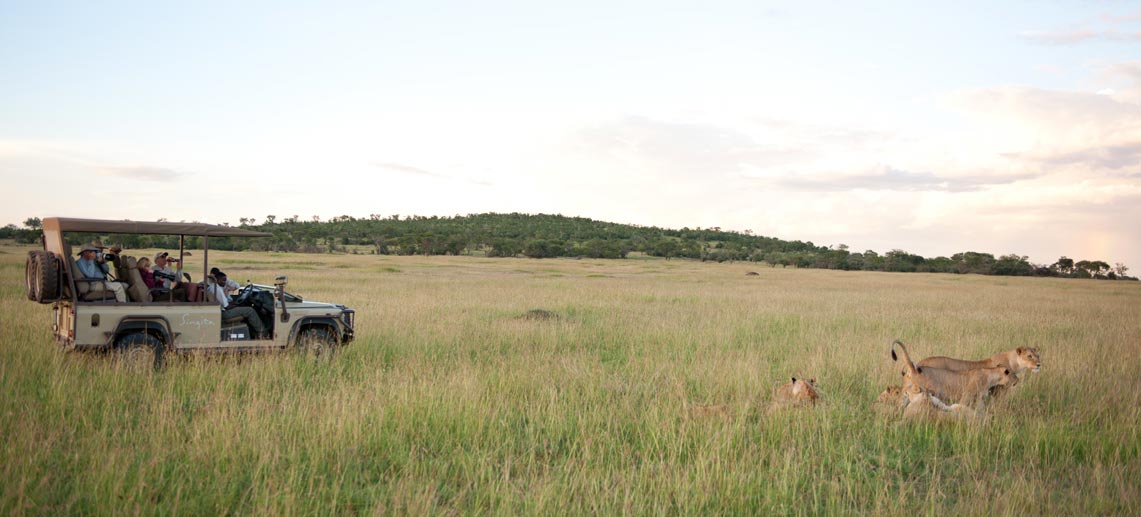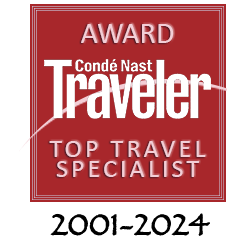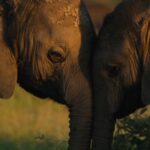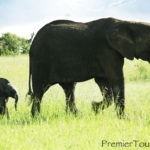Spotlight on South Africa’s Kruger National Park
Kruger National Park is renowned worldwide for being one of Africa’s most prominent and largest game reserves. Spanning a vast area of 7,722 square miles, this massive national park is around the size of the state of New Jersey, making it one of the largest parks across the globe.
Situated in South Africa’s Limpopo and Mpumalanga provinces, Kruger National Park earned acclaim for being designated South Africa’s first national park in the year 1926.
Yet another distinguishing factor is the fact that South Africa’s Kruger National Park is home to the safari “Big 5,” – an assortment of African animals including leopards, lions, rhinos, elephants, and buffalo. In fact, this park is recognized for containing more species of large animals than any other game reserve at a whopping 147 total species.
Kruger National Park protects regional endangered animal species, such as the endangered African Wild Dog. In addition, Kruger National Park also boasts a myriad of around 507 bird species and 114 reptilian varieties, including black mamba and crocodiles.
The park is protected as part of UNESCO’s Kruger to Canyons Biosphere regional reserve. The ideal time of year to visit Kruger National Park occurs during September and October’s dry season. The mild subtropical climate during this time gives way to a more favorable game viewing experience. Wildlife is easier to spot thanks to less vegetation cover during this period.
Kruger’s accommodations are remarkable. You can choose from 21 rest camps, 2 private lodge concessions, and 15 designated private safari lodges depending on your needs. Several of the rest camps have even established franchise gourmet restaurants to improve the park’s overall food services.
From rustic campsites to the exquisite Singita Lebombo Private Game Lodge, South Africa’s Kruger National Park has ideal customizable options for every special safari adventure.

Photo Copyright and used Courtesy of Singita










